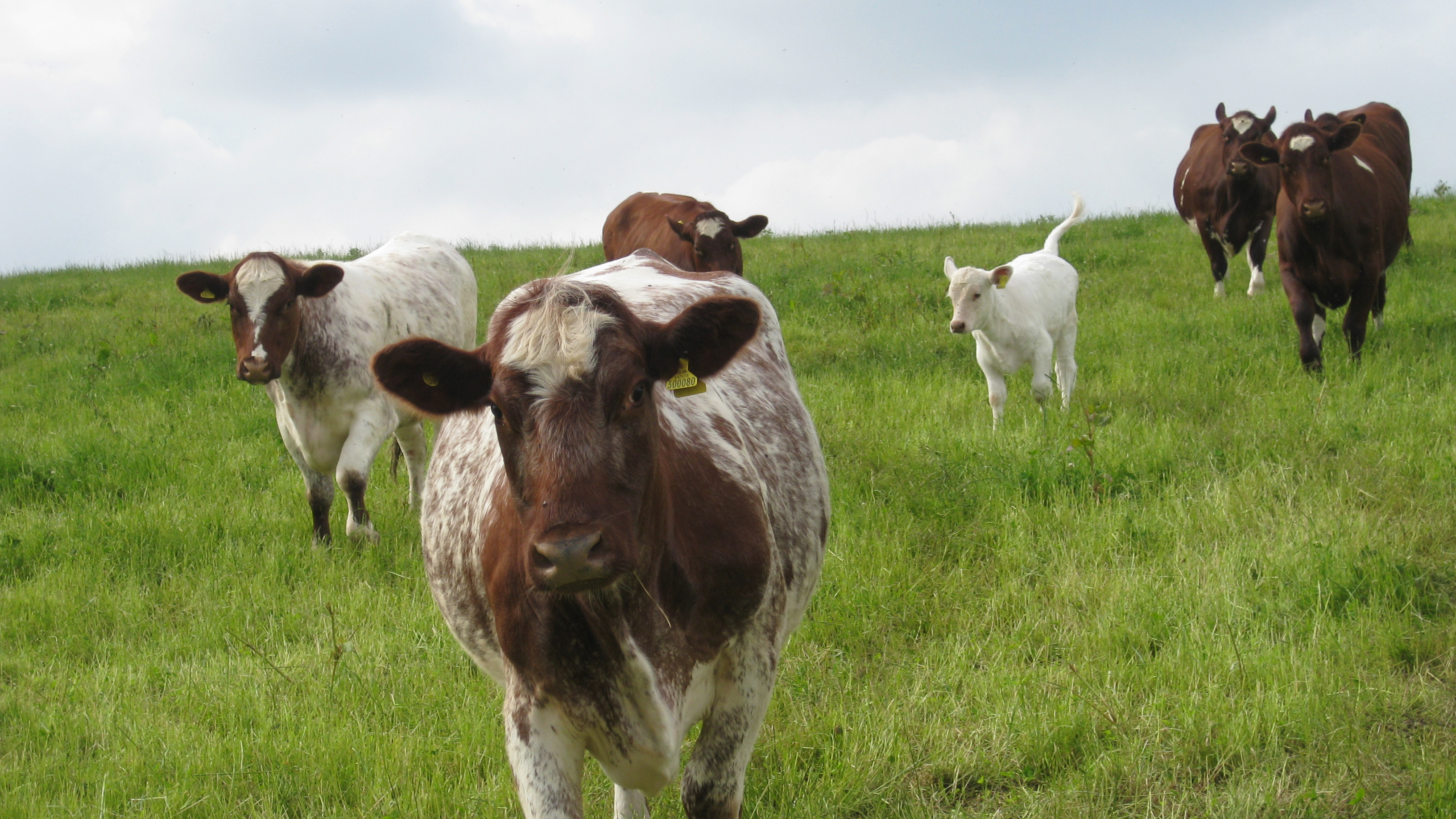- Rowe E, Norton L, McVittie A, et al. Using fuzzy cognitive mapping to assess the sustainability impacts of transitioning to pasture-fed production in the UK beef sector. Renewable Agriculture and Food Systems. 2025;40:e1. DOI: 10.1017/S1742170524000206
Scroll down to see the full list of SEEGSLIP publications.





